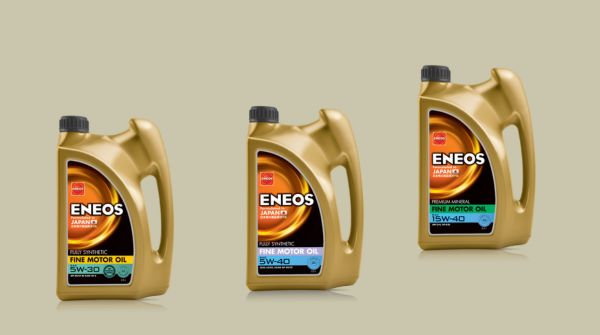Engine Oil is the lifeblood of any vehicle! Now, are you wondering why it is called lifeblood? It reduces friction, ensures smooth operation, and even safeguards the vital components of the engine. But how do you know whether the oil is efficient or not? Well, viscosity grade tells you that. It is part of the language of the engine oil that highlights its resistance to flow under various conditions.
The important part? The right oil ensures safety on the road. However, the wrong one can lead to poor performance, increased friction, and costly garage bills. Whether you own a high-powered luxury car or a hatchback for your daily commute, having adequate knowledge of viscosity grades is the key to peak performance.
Keep reading this blog to equip yourself with what keeps your engine running at its best, mile after mile.
What Are Viscosity Grades and Why Do They Matter?
As mentioned above, viscosity tells the car owners about the resistance of the engine oil to perform under different temperatures. Consider that you pour water and honey on two different table tops – water will flow instantly, while honey will move slower. Why? Because it is viscous in nature. In the same way, engine oils also have different levels of thickness, which impacts their efficiency in operating under varying weather conditions.
Have you ever come across codes like 10W-40 or 5W-30 on engine oil labels? These are viscosity grades developed by The Society of Automotive Engineers (SAE) for classification. Here is what they actually mean:
- The prefix, such as 5W or 10W, showcases the viscosity of the engine oil in freezing months. Plus, the alphabet ‘W’ here means winter. The lower the number, the better the efficiency.
- Next is the number, such as 30 or 40, which highlights the viscosity of automobile engine oil at hot temperatures. The higher the number, the better performance.
Example: 10W-40 has a high level of thickness and is best suited for summer. On the other hand, 5W-30 flows effectively in cold weather.
Not All Oils Are Equal: The Key Ingredients of a High-Performance Engine Oil
Now that you know about the viscosity code, take a look at what makes a high-performance engine oil different from an ordinary one.
● Advanced Additives
Beyond viscosity, high-performance engine oil is also packed with additives that ensure peak performance. Anti-wear agents develop a layer to reduce friction, detergents and dispersants keep the engine clean and prevent sludge buildup, friction modifiers elevate the efficiency of the fuel, viscosity modifiers make sure that the oil is stable at varied temperatures, and antioxidants keep breakdowns at bay to expand the life.
● Synthetic vs Mineral
Available in synthetic and mineral form, both types of engine oil have a common goal – unaffected performance. While synthetic oils are created chemically, mineral oils are extracted from crude oil. The fact? Heavy drivers and luxury automobile manufacturers opt for synthetic oils as they deliver incredible resistance in extreme cold and heat. Plus, they are long-lasting, offering adequate lubrication with less oil change. Perfect for a smoother and more economical drive.
● Low Volatility
Have you ever noticed that when the temperature changes, the engine oil levels also drop? If yes, then this could be due to oil volatility. Wondering why? The lighter oil evaporates faster at high temperatures. Alternatively, high-performance oil delivers lower volatility, which means it evaporates slowly, keeping the engine well-lubricated for longer periods of time. Moreover, if you frequently take your car off-roading, the low-volatility 5W30 engine oil is your best bet.
● Shear Stability
When it comes to high-performance or turbocharged vehicles, engines in such cars are under extreme stress. The result? Shear forces tear the oil molecules under pressure, causing breakdown. It also makes the oil lose its viscosity and minimises its potential to safeguard the engine and its components. Therefore, high-performance engine oil was introduced to say goodbye to shear forces and protect the vehicle under extreme situations. Ideal for heavy traffic jams or slant mountain roads, high-performance engine oil ensures optimal lubrication.
● High Flash Point
Similarly, high-performance or turbocharged vehicles generate a lot of heat, making high-quality lubrication a necessity. Wondering how to evaluate the quality of the oil? The key lies in the high flash point. It is the temperature at which oil burns. The golden rule – the higher the flash point, the long-lasting the oil is. It also reduces the chances of breakdown while preventing thickening and oxidation. For people who like to cruise at high speeds, oil with a high flash point will keep the engine components clean, enhancing the overall performance.
Final Thoughts
Today, when a variety of engine oils are available in the market, viscosity becomes the deciding factor. Settling on the right level grade offers smoother rides, better efficiency, and a longer engine life. So, whether it is a trip to the grocery store on a chilly morning or to another city, the high-performance oil will keep your engine happy, healthy, and in its top form!











